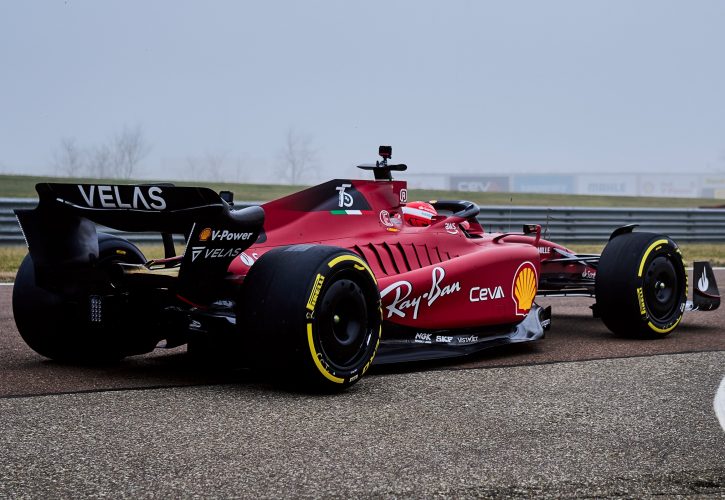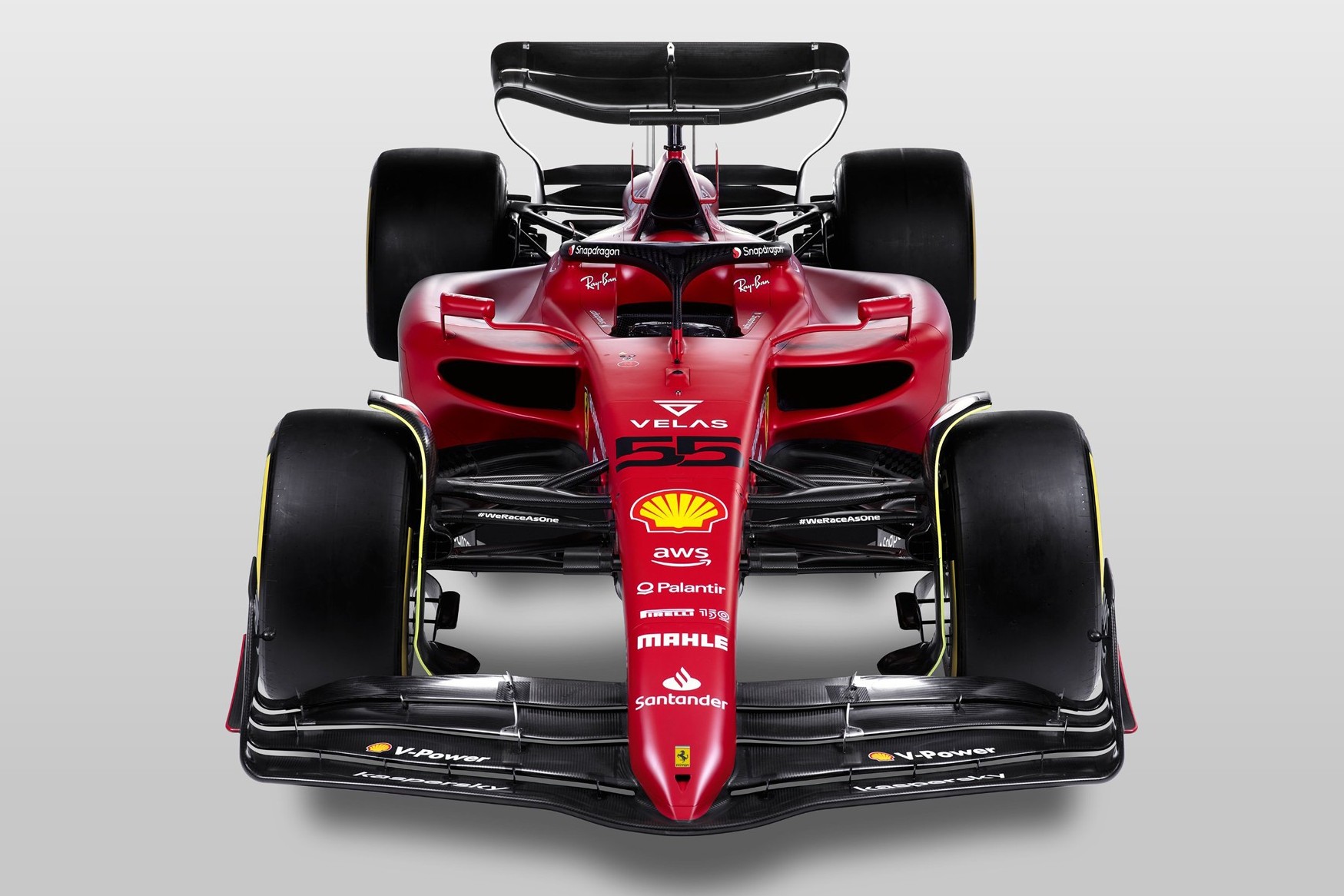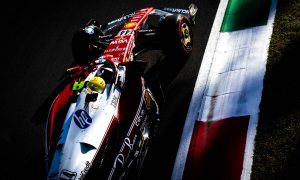
Ferrari says Formula 1's upcoming freeze on engine development has forced it to take a "daring" approach to the design of its new power unit.
This season, F1 manufacturers will see their engine elements fixed in specification until the end of 2025 according to a two-term schedule.
The internal combustion engine (ICE), turbocharger, MGU-H and engine exhaust system will be permanently homologated on March 1, while the same process will apply to the MGU-K, energy store and control electronics on September 1.
Enrico Gualtieri, the head of Ferrari's engine department who described the team's new unit as "an unconventional project, extreme in terms of vehicle installation, layout and many of the internal parts", said that the pair of deadlines faced by F1's manufacturers forced the Scuderia to take a "daring" approach to the design and development of its engine.
"It has certainly made an impact," said Gualtieri, quoted by The Race. "Let us say that, compared with past years, it has stimulated, even forced us, to go for even more daring design solutions, given the significant time limits, in particular the coming freeze.
"We have had to take all our programmes to the absolute limit. We have had to keep the door open for all possible evolutions, right until the last moment.
"We have certainly had to take all the necessary risks. We had to speed up our development even more in a world that is already going at a thousand miles an hour."

Given the number of new components embedded in its ICE and its innovative design, Ferrari's new power unit is more than just an mere evolution of its predecessor insisted Gualtieri.
"There is so much that is new and innovative in this power unit," explained the Italian engineer.
"Suffice to say that the percentage of new components of the internal combustion engine, compared to the previous season is one of the highest of recent years.
"There is innovation in terms of content but also architecture, the vehicle distribution and the layout in general.
"Compared with the past, we have had to look at and adopt different solutions and this I think, in our particular environment, is something that is continuously innovative."
"The internal combustion engine and the turbocharger are definitely the key elements of the 2022 power unit at the start of the season," added Gualtieri.
"The hybrid system is another step in the evolution we brought to the track at the end of last season.
"The electronics have had to change a lot too, having to adapt to the needs of a completely new car concept and an engine that is very different from last year’s.
"It represents the third step of our development path. The first stage was the engine at the beginning of last season, the second was the evolution of the hybrid system, brought to the track at the end of 2021."

Finally, like its rival manufacturers, Ferrari acknowledged the slight performance loss relative to last year of this year's units as a result of the switch to E10 fuel.
"The introduction of the 10% ethanol limit reduces the energy content of the petrol we are allowed to use," commented Gualtieri.
"Therefore it has an impact on performance, in terms of both engine power and the recovery of energy from exhaust gas.
"It is also true that ethanol has some characteristics that are not necessarily negative for combustion, but need to be suitably exploited with an appropriate engine design.
"But, in the end we have a performance loss in the order of 20bhp. The technical impact of the introduction of ethanol in the fuel goes further however than just the performance aspect, given the extreme nature of our product."
Keep up to date with all the F1 news via Facebook and Twitter





